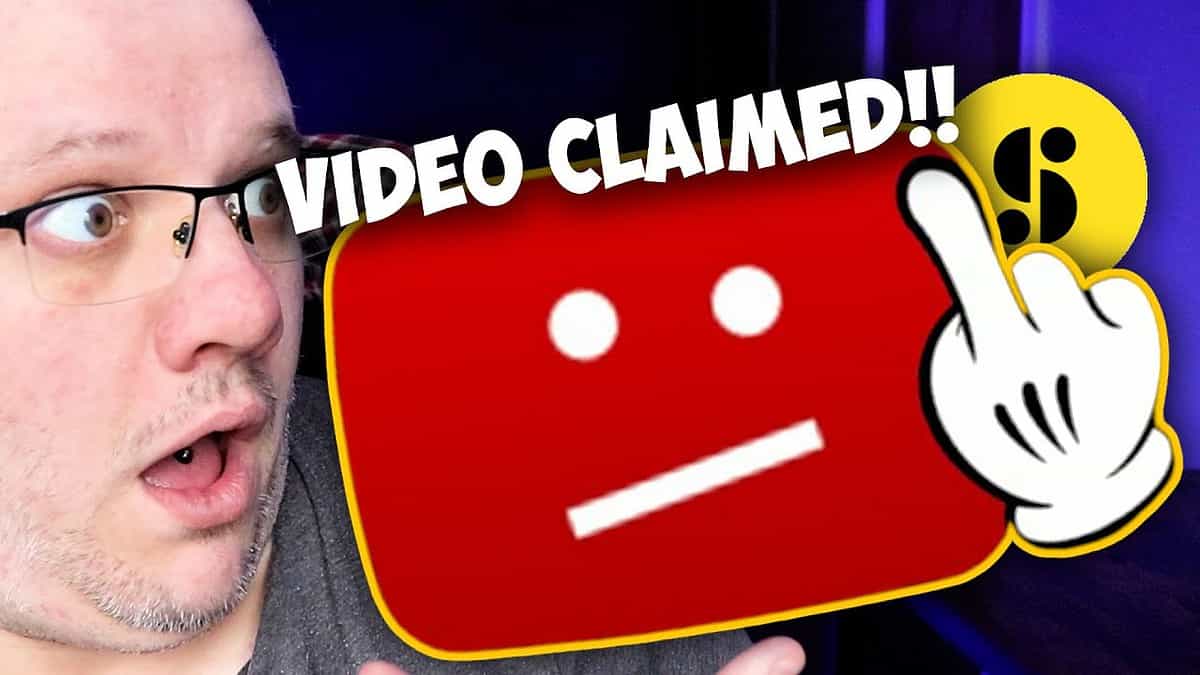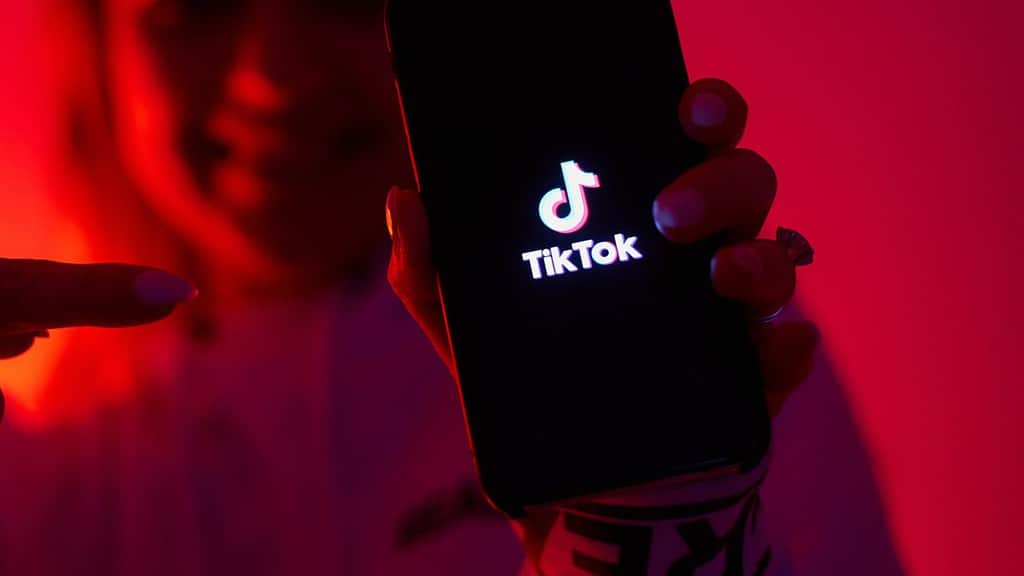Are you struggling to grow your YouTube channel despite your best efforts?
Frustrated with low view counts and minimal subscriber gains?
You’re not alone.
Many creators face the same challenges, but the key to success lies in understanding the crucial YouTube analytics and metrics that can help you identify areas for improvement. In this blog post, we’ll dive deep into the world of YouTube analytics, provide actionable tips, and share proven strategies to help you unlock your channel’s full potential.
How To Track Success on YouTube? – Track YouTube success by monitoring key metrics: watch time, audience retention, CTR, unique viewers, traffic sources, and engagement metrics (likes, dislikes, comments, shares). Optimize content with SEO, compelling titles/thumbnails, and audience-focused topics. Engage viewers and analyze data for growth.
Essential YouTube Metrics for Growth
There are handful of metrics that aspiring youtubers need to get to know in-depth if they are to understand how to grow and WHY they are growing.
Watch Time and Audience Retention
Watch time is the total amount of time viewers spend watching your videos, and it’s one of the most critical factors in YouTube’s algorithm. In fact, YouTube prioritizes videos with higher watch times in search results and recommendations. According to a study by Tubular Insights, the top 1% of YouTube channels have an average watch time of 3 minutes and 19 seconds, while the bottom 50% only manage 1 minute and 21 seconds.
To improve your watch time, focus on audience retention – the percentage of a video that viewers watch before leaving. Aim for a retention rate of at least 50%, as videos with higher retention rates tend to perform better.
Actionable Tips:
- Hook viewers in the first 15 seconds with a compelling intro.
- Structure your content with clear, engaging segments.
- Use annotations, cards, and end screens to promote related content.

Click-Through Rate (CTR)
CTR is the percentage of viewers who click on your video after seeing its thumbnail and title. A higher CTR indicates that your video is enticing and relevant to your target audience. According to YouTube, the average CTR for most channels falls between 2% and 10%.
Actionable Tips:
- Design eye-catching thumbnails that accurately represent your content.
- Write compelling titles with relevant keywords.
- A/B test different thumbnail and title combinations to optimize performance.
Advanced Metrics for a Deeper Analysis
Ok, now its time to dive into the harder metrics of the handful to understand.
Unique Viewers and Traffic Sources
Unique viewers play a significant role in understanding your YouTube channel’s performance. As an estimate of the total number of individuals who watch your content, this metric sheds light on the size of your audience, which is essential for assessing your channel’s reach and potential for growth.
By tracking unique viewers, you can identify which content resonates most with your target audience. This information can guide your content creation strategy, helping you produce more of the videos that attract and retain viewers.
For example, if you notice a surge in unique viewers for a specific video or video series, it’s a strong indication that your audience enjoys that particular content.
Capitalizing on this insight, you can create similar videos or expand on the topic to maintain and grow your viewership.
Furthermore, analyzing traffic sources can unveil valuable information about where your viewers are discovering your content. YouTube provides a breakdown of traffic sources, such as:
- YouTube search: Viewers who find your content through the platform’s search feature.
- Suggested videos: Viewers who click on your content when it appears as a suggested video alongside or after other videos.
- Browse features: Viewers who discover your content through the home page, subscription feed, or trending section.
- External sources: Viewers who arrive at your content via external websites, social media platforms, or direct links.
Understanding your traffic sources enables you to optimize your content and promotion strategies. For example, if a large portion of your traffic comes from YouTube search, it’s crucial to focus on search engine optimization (SEO) by using relevant keywords in your titles, descriptions, and tags. On the other hand, if most of your viewers come from external sources like social media, investing time in promoting your content on those platforms and engaging with your audience can further boost your channel’s growth.
In summary, unique viewers and traffic sources are vital metrics for assessing your YouTube channel’s performance. By examining these analytics, you can refine your content and promotion strategies to better connect with your target audience and accelerate your channel’s growth.
Engagement Metrics
Engagement metrics serve as valuable indicators of how well your content resonates with your audience and the extent to which it encourages interaction. Tracking likes, dislikes, comments, and shares can provide you with actionable insights that can be used to refine your content strategy and foster a stronger connection with your viewers. Let’s delve deeper into each of these engagement metrics and their implications:
- Likes: A high number of likes is a clear sign that viewers appreciate and enjoy your content. This positive feedback not only boosts your channel’s credibility but also increases the likelihood of YouTube recommending your videos to others. To maintain a high like count, consistently produce content that appeals to your audience, and consider asking viewers to like your videos as a call-to-action.
- Dislikes: While dislikes can be disheartening, they also serve as constructive feedback, indicating that there may be areas in your content that need improvement. Analyzing videos with higher dislike counts can help you identify potential issues, such as controversial topics, misleading titles, or poor production quality. By addressing these concerns, you can enhance your content and reduce the number of dislikes on future videos.
- Comments: A high number of comments typically suggests that your content sparks conversation and encourages viewers to share their thoughts, opinions, or questions. Engaging with commenters can further strengthen your connection with your audience and create a sense of community around your channel. Additionally, responding to comments can provide you with valuable feedback and ideas for future content.
- Shares: Shares play a crucial role in increasing your content’s visibility and expanding your audience. When viewers share your videos on social media platforms or other online channels, they effectively endorse your content and introduce it to new viewers who may not have otherwise discovered your channel. Encourage sharing by creating share-worthy content, including engaging stories, helpful tips, or unique insights, and using a call-to-action to remind viewers to share your videos with their networks.
Fostering Community Engagement
You are growing the channel but you need to keep them engaged and coming back to the channel to help the snowball roll.
Responding to Comments
Engaging with your audience is crucial for building a loyal community. Make an effort to respond to comments on your videos, as this can foster a sense of connection and encourage viewers to return for future content.
Leveraging Social Media
Promote your content on social media platforms and engage with your audience to extend your reach and drive traffic to your YouTube channel.
Finally…
By understanding and tracking the right metrics, you can make data-driven decisions and unlock your YouTube channel’s full potential. Start implementing these strategies today, and watch your channel grow!
Key YouTube Metrics for Channel Growth
| Metric | Importance | Actionable Tips |
|---|---|---|
| Watch Time | Crucial for YouTube’s algorithm; higher watch times improve visibility. | Hook viewers in the first 15 seconds. |
| Audience Retention | Higher retention rates lead to better video performance. | Structure content with engaging segments. |
| Click-Through Rate | A higher CTR indicates enticing and relevant content for viewers. | Design eye-catching thumbnails and compelling titles. |
| Unique Viewers | Provides insight into audience size and content resonance. | Analyze which content resonates with your audience. |
| Traffic Sources | Reveals where viewers are coming from, allowing for content optimization. | Tailor promotion strategies based on top traffic sources. |
| Engagement Metrics | Offers insight into audience interaction with your content. | Encourage likes, comments, and shares to boost visibility. |































